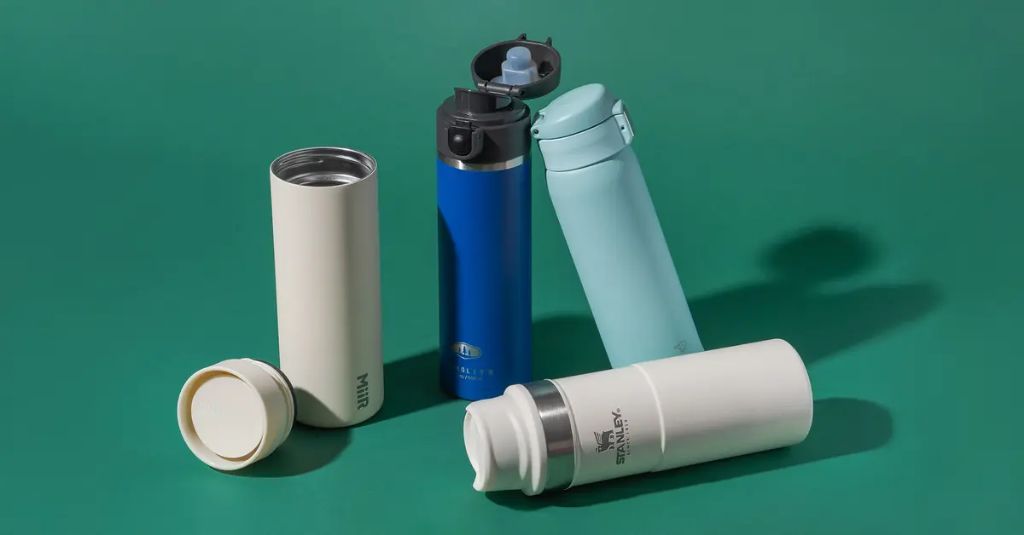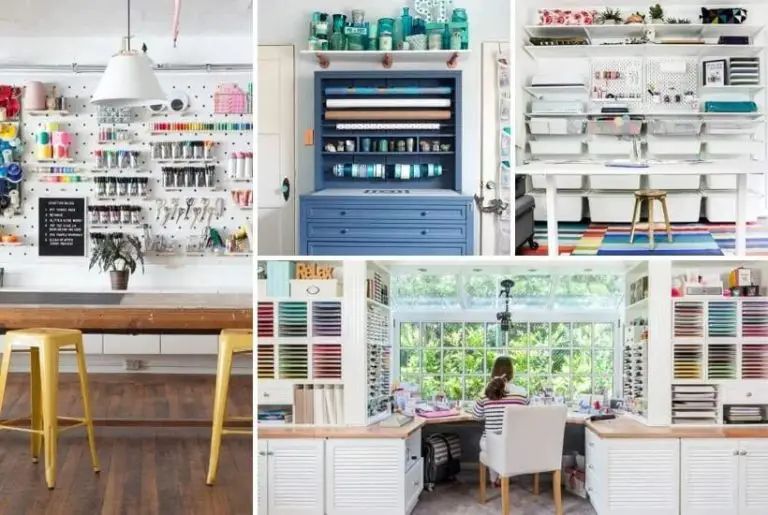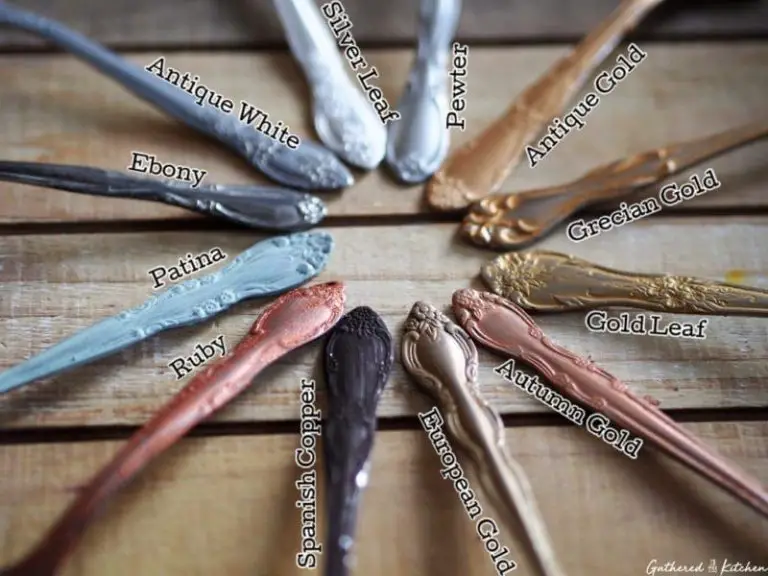What Is The Market For Travel Mugs?
Travel mugs, also known as commuter mugs, are insulated beverage containers with lids and closures designed specifically for easy transport without spilling. They are ideal for on-the-go drinking while traveling by car, train, bike, or on foot. Travel mugs keep beverages hot or cold for extended periods using a vacuum insulation system similar to that of a thermos. Unlike regular cups or mugs, the lid and closure mechanism prevent contents from spilling if the container tips over during transport.
The market for travel mugs spans the globe, with key markets being North America, Asia Pacific, and Europe. Major regions of growth include the U.S., China, Japan, India, and Germany. Key drivers of market demand include increased commuting, rising consumption of hot and cold beverages while traveling, greater focus on eco-friendliness over single-use cups, and innovations in material, insulation, and design of travel mugs. With strong projected growth, the travel mug market offers attractive opportunities for vendors, retailers, and manufacturers in the coming years.
Market Size
The global market for travel mugs was valued at $12.3 billion in 2020 and is projected to reach $24.69 billion by 2028, growing at a CAGR of 9.1% from 2021 to 2028 according to a report by Vantage Market Research (https://www.vantagemarketresearch.com/industry-report/travel-mug-market-0483). The market has experienced strong growth in recent years due to increasing demand from consumers looking for reusable and sustainable drinkware options. Factors driving market growth include consumer preference for convenience, increasing coffee and tea consumption, marketing campaigns by manufacturers, and innovations in travel mug designs and features.
Major Segments
There are three primary material segments in the travel mug market:
Stainless Steel: Stainless steel travel mugs currently hold the largest market share at around 60-70%, according to Allied Market Research. Stainless steel offers excellent temperature retention for both hot and cold drinks. It is also very durable and does not easily crack or break. Most stainless steel travel mugs have vacuum-insulated double walls to maintain temperatures. Popular brands like Thermos and Yeti have helped drive the popularity of stainless steel travel mugs.
Plastic: Plastic travel mugs account for 20-30% market share, according to industry analysis. Plastic mugs are inexpensive, lightweight, and come in a wide variety of colors and designs. However, they are less durable than stainless steel and do not retain heat or cold as effectively over long periods. Major plastic mug brands include Contigo, CamelBak, and Thermos. Although still common, some consumers are moving away from plastic due to environmental concerns.
Ceramic: Ceramic travel mugs make up a relatively small share of the market, around 5-10%. Ceramic mugs can offer eye-catching designs not easily replicated with stainless steel. They provide decent insulation for warm drinks but not as effectively as double-walled stainless steel. Their more delicate material increases chances of breakage. Popular ceramic mug brands are Ember and Corkcicle.
Key Players
Some of the major brands in the travel mug market include Contigo, Thermos, Yeti, Hydro Flask, and Stanley. Contigo is one of the leading players, with an estimated market share of around 20% as of 2022 according to this source. Thermos and Yeti also have strong brand recognition and significant market share in the 10-15% range.
Other major competitors include Hydro Flask, known for its vacuum-insulated stainless steel bottles, and Stanley, a heritage brand that has pivoted to focus more on insulated food and beverages containers. Most of the key players emphasize insulation performance, ease of use, durability, and style/design aesthetics in their products. Overall, the travel mug market is fragmented with the top 5-6 brands collectively accounting for around 60-70% market share.
Pricing Trends
The price range for travel mugs typically falls between $10 to $40, with premium brands selling in the $25 to $40 range and budget options in the $10 to $25 range according to a market research report by Allied Market Research (source). Premium travel mugs from brands like Yeti, Hydro Flask, and Thermos tend to offer better insulation, durability, and extra features compared to cheaper alternatives.

Premium travel mugs are constructed from double walled, vacuum insulated stainless steel and keep drinks hot for 6 hours and cold for up to 24 hours. They also have more durable lids and mechanisms to prevent leaks and spills. Budget travel mugs may use plastic instead of steel and have shorter insulation times of 2-4 hours for hot drinks. They offer basic leak resistance for transportation but not the same level of performance as premium brands.
The market has seen a shift towards premium travel mugs in recent years as more consumers are willing to pay extra for maximum insulation, convenience features like one-handed drinking, and branding from popular companies like Yeti and Hydro Flask. However, there remains a solid consumer base opting for budget mugs under $20 based on lower pricing and basic functionality.
Distribution Channels
Travel mugs are sold through both online and offline distribution channels. Online, travel mugs can be purchased directly from major retailers like Amazon, Walmart, and Target. Many travel mug manufacturers like Contigo, Thermos, and Hydro Flask also sell direct-to-consumer through their own e-commerce sites.
Offline, travel mugs are commonly sold at major big box retailers like Walmart, Target, Bed Bath & Beyond, and sporting goods stores like Dick’s and REI. Travel mugs can also be found at warehouse clubs like Costco and Sam’s Club. Specialty kitchen and home goods stores like Sur La Table, Crate & Barrel, and Williams-Sonoma also typically carry a selection of travel mugs. Even grocery stores and pharmacies like Walgreens often sell basic travel mug models.
According to industry research, brick-and-mortar retail accounts for the majority of travel mug sales, however online sales are growing rapidly. Major retailers like Walmart and Amazon now sell a wider selection of travel mugs online than in most physical store locations. The convenience and variety offered by online shopping is expected to continue shifting sales to e-commerce channels in the years ahead.
Consumer Demographics
Studies show the majority of travel mug consumers are between the ages of 25 and 44. This age group often includes busy professionals and young parents who need convenient solutions for transporting beverages on-the-go. These consumers also tend to have higher disposable incomes to spend on travel mugs and related accessories.
When it comes to gender, both men and women purchase travel mugs in equal numbers. However, some styles and designs appeal more to one gender over the other. For example, travel mugs with masculine colors or outdoor themes tend to be targeted more towards men. On the other hand, floral prints and slimmer profiles appeal more to women.
In terms of psychographics, frequent travelers make up a key consumer segment for travel mugs. These consumers are always on-the-go and need ways to take their favorite hot and cold drinks with them. Commuters, both by car and public transportation, are another major market. Other lifestyle factors like eco-consciousness, fitness/sports, and busyness also correlate strongly with travel mug usage according to market research.
Consumer Behavior
Two of the main factors influencing consumer behavior in the travel mug market are purchase drivers and brand loyalty. Consumers are purchasing travel mugs due to increased environmental awareness and a desire to reduce their reliance on disposable cups and containers according to this article. Many consumers also seek out travel mugs for functionality, such as keeping beverages hot or cold for long periods, but the eco-friendliness is the major driving force behind the market according to analysts.
Brand loyalty does play a role due to high prices and product differentiation. Popular brands like Yeti, Hydro Flask, and Contigo have cultivated loyal followers who repurchase for the quality and brand image according to one industry report. However, there is also opportunity for lesser known brands to gain share through competitive pricing and unique designs.
Industry Trends
Some key innovations shaping the travel mug industry include new insulation technologies and smart mugs.
Companies are developing improved vacuum insulation and double-walled designs to keep drinks hotter or colder for longer. For example, research shows demand for mugs that can maintain temperature for 6-12 hours. Advanced insulation materials like aerogel and innovative sealing mechanisms support this extended temperature retention.
Smart mugs with built-in technology are also an emerging trend. Some examples are mugs with USB charging ports, LED displays showing the beverage’s temperature, mugs that can heat or cool the contents via batteries or car chargers, and mugs with bluetooth connectivity. Major players like Ember and Burnout are releasing app-connected mugs allowing custom temperature control.
Future Outlook
The travel mug market is expected to see steady growth in the coming years. According to a report by ResearchAndMarkets.com, the global travel mug market is projected to grow at a CAGR of 6% from 2022 to 2027, reaching a value of $2.9 billion by 2027.
Some key growth opportunities in the travel mug market include:
- Rising demand for convenient and portable drinkware, especially among millennials and professionals
- Increasing adoption of sustainable and eco-friendly materials like stainless steel
- Launch of smart travel mugs with features like temperature control, leak proof lids, and connectivity
- Emerging markets in Asia Pacific and Latin America present untapped growth potential
The travel mug market is fairly fragmented with both large brands like Thermos, Contigo, and YETI as well as numerous small and mid-sized companies competing. Product innovation, brand reputation, pricing, and distribution will be key factors impacting competitiveness going forward. Companies will need to focus on differentiating their products through advanced features and strong branding to stand out. Overall, the future outlook for travel mugs appears strong supported by rising consumer demand for portable drinkware.




